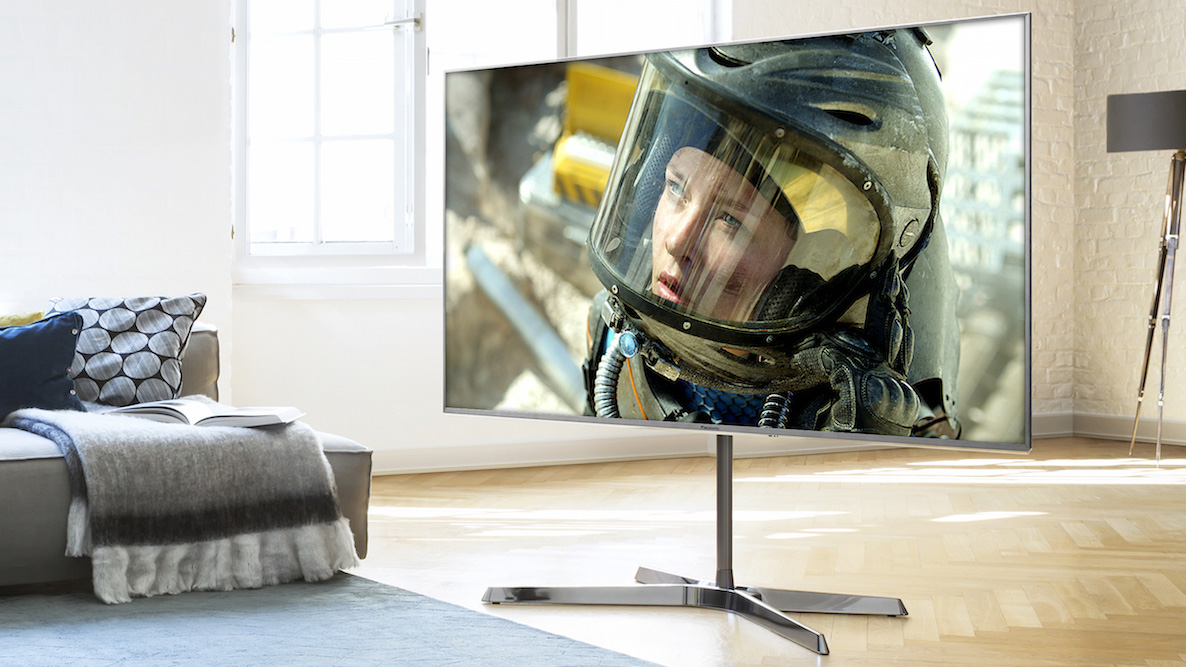TechRadar Verdict
While you have to be careful how you set it up, and while it would ideally go brighter with high dynamic range content, the 65EX750’s backlight uniformity is impressive enough to potentially win the hearts of the many serious AV fans who can’t afford a 65-inch OLED TV.
Pros
- +
Impressively even backlighting
- +
Attractive and flexible design
- +
Friendly smart system
- +
Very responsive for gaming
Cons
- -
Lack of HDR brightness
- -
Some odd colour issues
- -
Limited picture setting flexibility
- -
Slightly feeble sound
Why you can trust TechRadar
With Panasonic’s EZ952 and EZ1002 OLED TVs doing sterling work at the top of the brand’s 2017 TV range, we here turn our attention to its most premium LCD offering: The innovative TX-65EX750.
Design
The 65EX750 is a striking looking TV. Its gleaming silver frame and cross-shaped desktop stand look impressively metallic and high end. What’s more, unusually in today’s TV market, the screen can be rotated left or right on its short pole mount.
If you choose one of the smaller, lighter models in the EX750 range you can also choose between two different height positions on the pole mount.
The 65EX750’s connections are as you’d hope on a high-end TV in 2017. Which is to say they include four HDMIs, three USBs and the usual wired and wireless network connections.
The network connections support playback of multimedia files stored on DLNA-capable devices, as well as access to Panasonic’s proprietary ‘walled garden’ of online services.
Design TL;DR: The 65EX750’s metallic finish and rotating stand mount make it look both suitably premium and much lighter than it actually is.
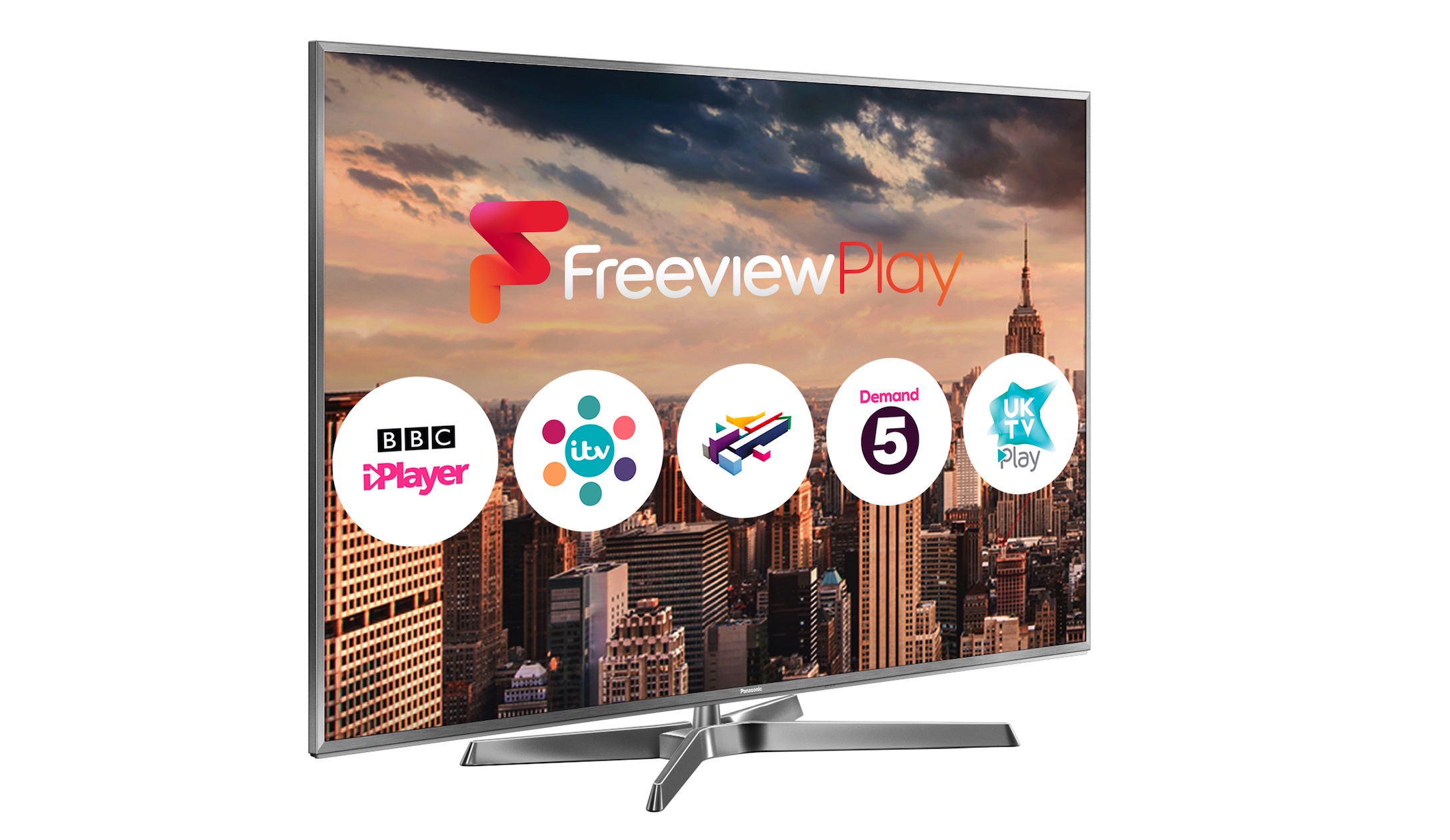
Smart TV Features
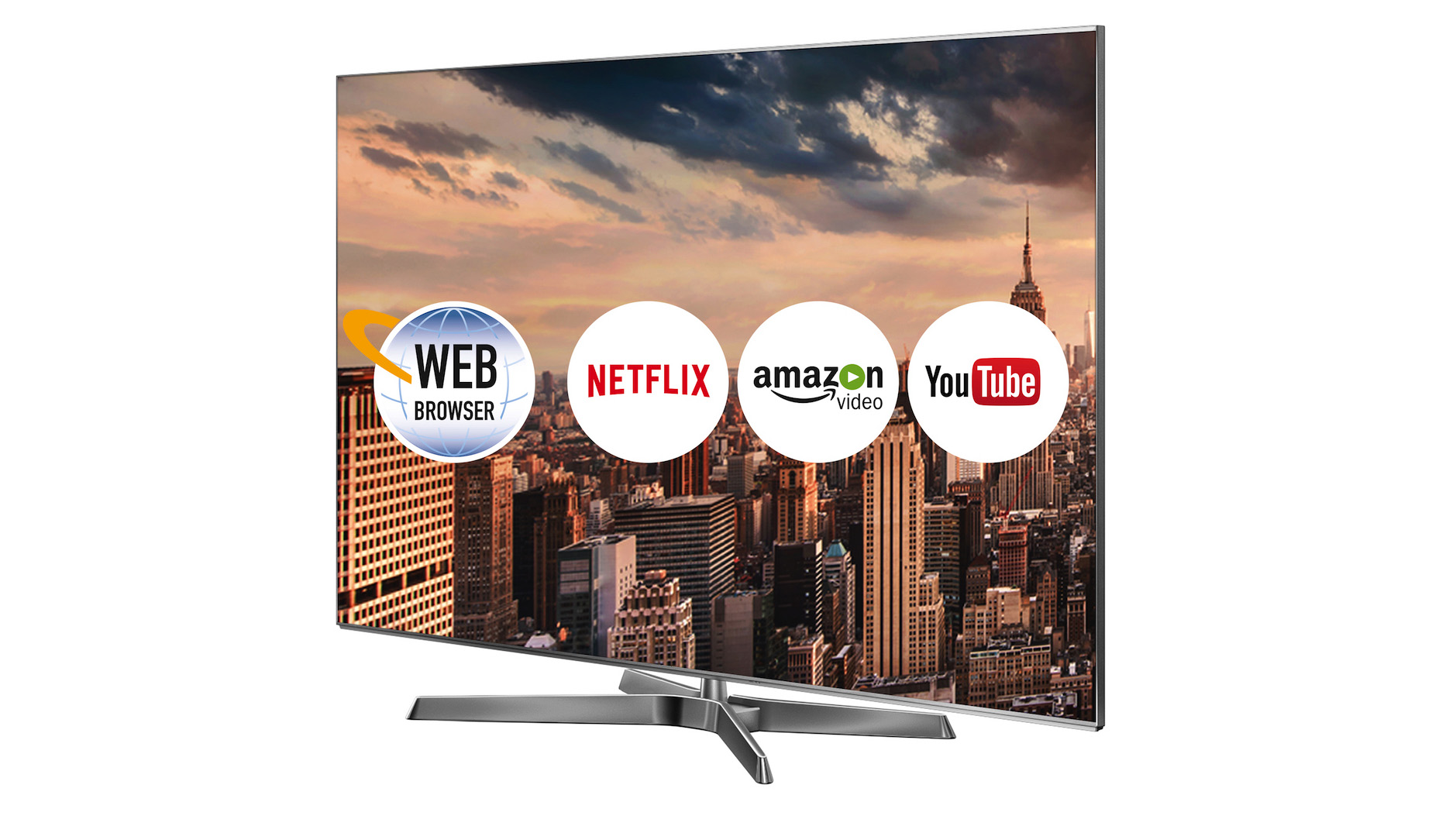
Screen sizes available: 50-, 58-, 65- and 75-inches
Tuner: Freeview Play
Panel technology: LCD
4K: Yes
HDR: HDR10 + HLG
Smart TV: My Home Screen 2.0
Curved: No
Dimensions: 1457 x 921 x 446 mm (HxWxD inc stand)
3D: No
Inputs: 4 x HDMI, 3 x USB, Ethernet, Optical Out, Headphone out
The 65EX750 uses the latest iteration of Panasonic’s Home Screen smart TV platform. Which is mostly good news, as its combination of big, bold, clean, almost cartoon-like graphics, easy customisation and a logical, fuss-free structure make it one of the most user-friendly smart interfaces in the TV world.
Sign up for breaking news, reviews, opinion, top tech deals, and more.
There are plenty of useful apps to get your teeth into, too. Amazon and Netflix are both present and correct, and both support 4K and HDR streams. The main UK terrestrial broadcast catch-up TV services are also covered. In fact, they’re incorporated into a Freeview Play app, so that you can search for shows you may have missed via a handy electronic programme guide that scrolls back in time as well as forwards.
Smart features TL;DR: A simple, graphically rich structure combines with easy customisation and a sensible focus on video apps to make the 65EX750’s smart features exceptionally easy to use.
HD/SDR Performance
Tucked away inside the 65EX750 are a couple of significant features that help it deliver an excellent performance with HD, standard dynamic range sources.
First, there’s the set’s Studio Master HCX2 video processing. This is essentially the same new video processor used in Panasonic’s latest OLED TVs, right down to its use of a professional-grade 3D Look Up Table system for colour reproduction.
Tuned at Panasonic’s Hollywood Labs, HCX2 does a quite lovely job of delivering all the subtleties of colour tone - even in dark parts of the picture - that help sort the wheat from the chaff where SDR picture quality is concerned.
Pictures look sharp and clean, too, thanks to the prowess of Panasonic’s upscaling processing. Also, while its motion handling certainly isn’t perfect, the low setting of its Intelligent Frame Creation (IFC) processing system keeps judder in check without generating excessive amounts of unwanted flickering and haloing side effects.
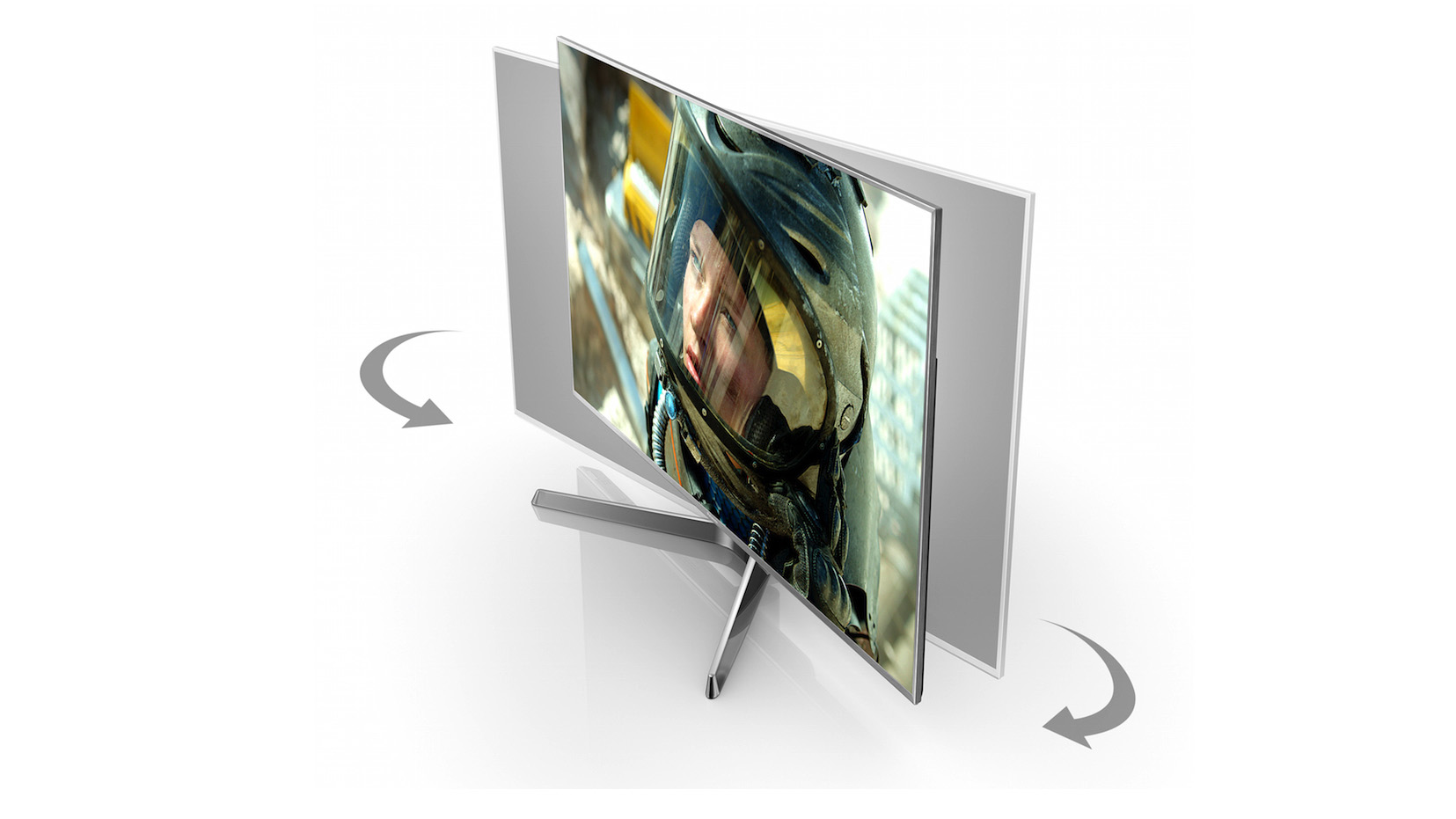
The other big string to the 65EX750’s SDR/HD bow is its strong backlight control. Panasonic has developed a new ‘digitally enhanced local dimming’ system for this TV that can adjust the angle of each LCD to offer enhanced control over the way it uses the light hitting it from the edge-mounted LEDs. This helps ensure you see practically none of the light haloing, blocking or striping usually associated with edge-lit LCD TVs.
Black levels aren’t absolutely the darkest in the LCD TV world, but the enhanced backlight uniformity makes dark scenes look more immersive and consistent.
One last picture talent is input lag - the time it takes to render received image data. Using the TV’s game mode, we measured lag at just 10ms - an outstanding result that makes the 65EX750 a potentially gloriously satisfying gaming monitor.
HD/SDR Performance TL;DR: Aside from the occasional minor motion artefact, the 65EX750’s handling of HD/SDR pictures is exemplary.
4K/HDR Performance
First impressions here are surprisingly disappointing. Not because having to handle HDR’s extra brightness causes the 65EX750’s innovative new backlight management to stumble, mind you; on the contrary, the way the system can combine HDR’s peak brightness with deep black colours without causing backlight flaws is extremely impressive.
No, our issues with the 65EX750’s out of the box HDR images are that the pictures don’t look especially bright, and that colours can look inconsistent in different parts of the screen.
Where brightness is concerned, when using the Adaptive Contrast setting on its highest power level to get the richest, most uniform black levels, light HDR images and image elements don’t exhibit the dynamism and punch you see with many other HDR LCD TVs. Measurements of light output from a 10% white HDR window using the maximum Adaptive Contrast setting produces a figure of little more than 400 nits - far lower than the 1000 nits and more you get with some other LCD HDR TVs.
You can get the brightness up to 500 nits if you change the Adaptive Contrast system to its mid level, but doing so reduced black levels more than we personally felt totally comfortable with.
As for the colour inconsistency, this sees a hint of yellow sneaking into the left and right thirds of the picture. Often you are barely aware of this at all, but at other times - especially if you’re watching a shot with a really rich colour running across the whole screen - the inconsistency really leaps out at you.
Fortunately there’s a fix for this potentially game-breaking problem. If you use the set’s Dynamic picture preset rather than the usually more effective Cinema or Natural modes, the colour inconsistency settles down so much you can barely see it any more.
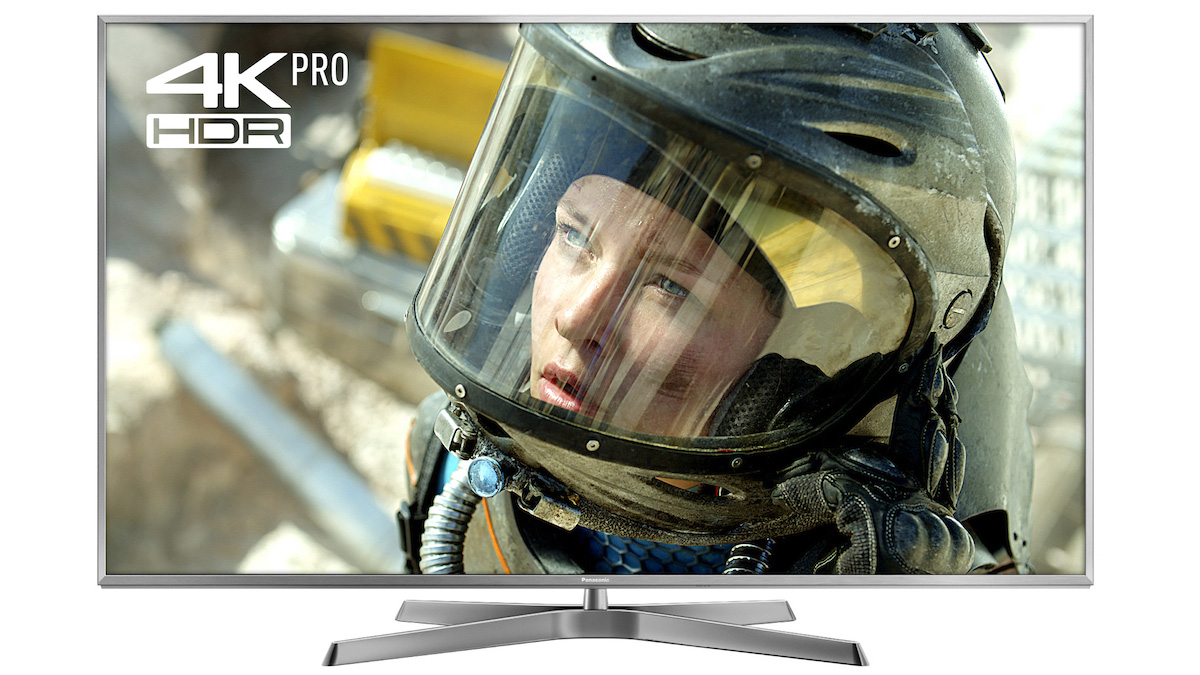
This isn’t necessarily an ideal solution. Certainly the Dynamic presets on other Panasonic TVs don’t deliver such natural looking colours and contrast with HDR as any of the other preset options.
Fortunately, though, on the 65EX750, as well as hiding the colour issue the Dynamic preset is actually very watchable with HDR. It retains strong but not over-blown colours and rich but not over-forced black levels. The impressive backlight uniformity during high contrast scenes that’s the 65EX750’s big party trick remains likably intact too (unless you have to watch from an angle of more than 25 degrees or so, anyway).
The need to stick with the Dynamic preset to avoid the colour inconsistency perhaps represents a dilemma for AV enthusiasts hugely tempted by the 65EX750’s enhanced backlighting. The question is, are they willing to sacrifice some of the usual picture set up flexibility and, as a result, a touch of colour finesse in order to avoid edge LED’s usual backlight problems?
Our feeling is that they very well might - partly because the Dynamic preset picture is more effective and natural looking than most Dynamic/Vibrant picture presets, but also because the 65EX750 compensates somewhat for its limited peak light output by being able to sustain that maximum light level for longer (without having to dim) than typical, brighter LCD TVs.
The 65EX750 also helps its picture quality cause by delivering native 4K sources with impressive sharpness, detail and clarity, aided and abetted by the deft touch of its 3D Look-Up Table colour system.
4K/HDR picture quality TL;DR: HDR playback reveals that the 65EX750’s mostly brilliant new backlight system comes with one or two strings attached - particularly a lack of peak brightness, and some colour inconsistency. Provided you’re very careful how you set it up, though, its 4K HDR pictures still look strong.

Sound quality
The 65EX750 doesn’t partner its mostly strong pictures with a great audio performance, alas. Surprisingly for such a large, heavy TV, for instance, there’s not nearly enough bass depth or power to help action scenes sound convincing. The sound doesn’t have enough mid-range openness, either, to convincingly track the ebbs and flows of your typical thriller or action movie soundtrack.
We also frequently felt as if dialogue wasn’t connecting properly with the onscreen action; rather it seemed to be coming from a point below the screen.
The speakers do at least not distort, and the robustness of the cabinet stops it buzzing or rattling under duress. But the bottom line is that a set with pictures as big and accomplished as those of the 65EX750 will ideally be partnered with an external soundbar.
Sound quality TL;DR: Sadly there’s not enough power or bass to partner the 65EX750’s pictures with the sort of dynamic audio its pictures deserve.
Other panels to ponder
If you can handle losing 10 inches of picture, LG’s OLED55B7 OLED TV, with its stunningly contrast-rich pictures, can now be bought for around £1799. Panasonic’s own 55EZ952 OLED TV is also available for around £1,999 now.
On the LCD front, Sony’s 65XE9005 costs roughly the same, and delivers peak brightness of around 875 nits - much higher than you get from the Panasonic. While the 65XE9005’s black levels are good, though, they’re not quite as free of clouding artefacts as the 65EX750s.
Samsung’s UE65MU9000 is another similarly priced option that also delivers much brighter peaks with HDR sources from its curved screen design, but also suffers with backlight consistency problems.
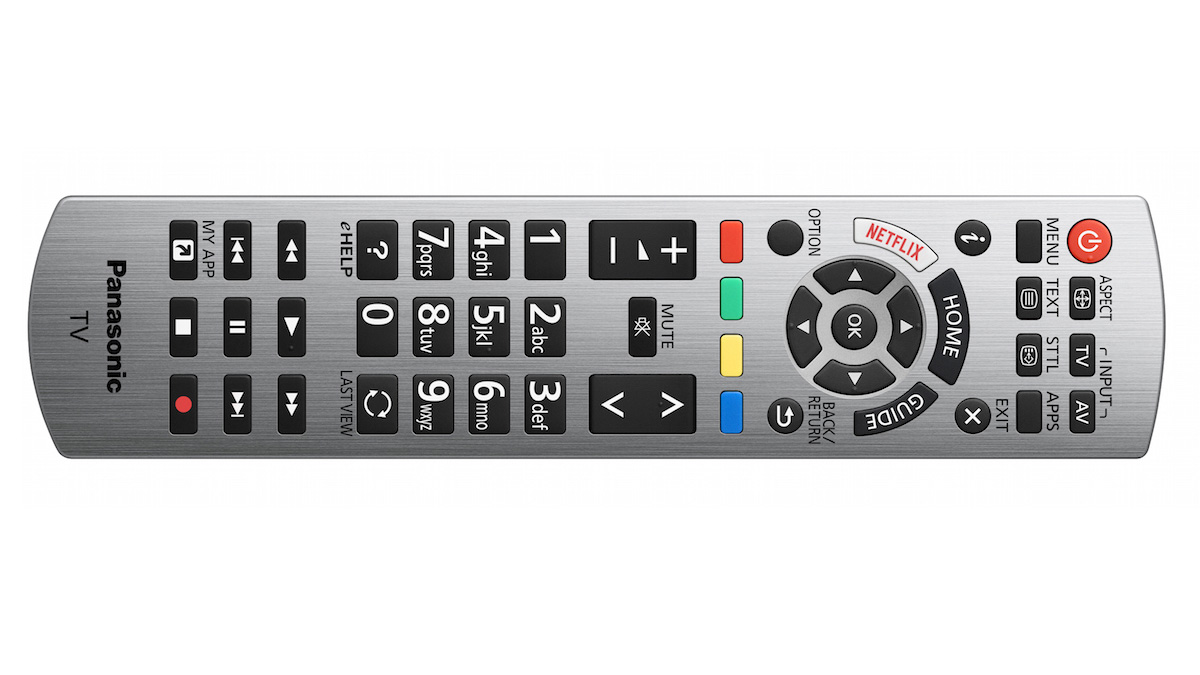
Verdict
Panasonic’s latest attempt to solve LCD’s backlight problems with HDR sources is mostly a resounding success. Seeing hardly any light banding or blooming around bright objects even when watching the most extreme HDR content proves a strong USP.
There is a price to pay for this, it seems, in the form of limited brightness, plus some colour inconsistency you can only avoid by using the Dynamic picture preset. The set’s audio is surprisingly feeble too.
Overall, though, the 65EX750 gets way more right than it gets wrong, making it easy to recommend to people who value picture immersion and consistency over aggression.
- For a roundup of our top picks check out our guide to the best 4K TVs

John has been writing about home entertainment technology for more than two decades - an especially impressive feat considering he still claims to only be 35 years old (yeah, right). In that time he’s reviewed hundreds if not thousands of TVs, projectors and speakers, and spent frankly far too long sitting by himself in a dark room.
